Water damage is one of the most costly and inconvenient challenges homeowners face, especially in the spring. While your home could be vulnerable to moisture damage in any season, the melting snow and heavy rain in the springtime can be especially problematic. Leaks and floods can impact your home’s roof, foundation, pipes, and many other systems. Furthermore, moisture inside the house can cause mold growth, which is a serious health concern.
Fortunately, you can greatly reduce the risk of water damage by putting some preventative measures in place. Early spring is the perfect time to make sure your home is protected from water damage. Here are eight tips for preventing water and moisture damage to your home:
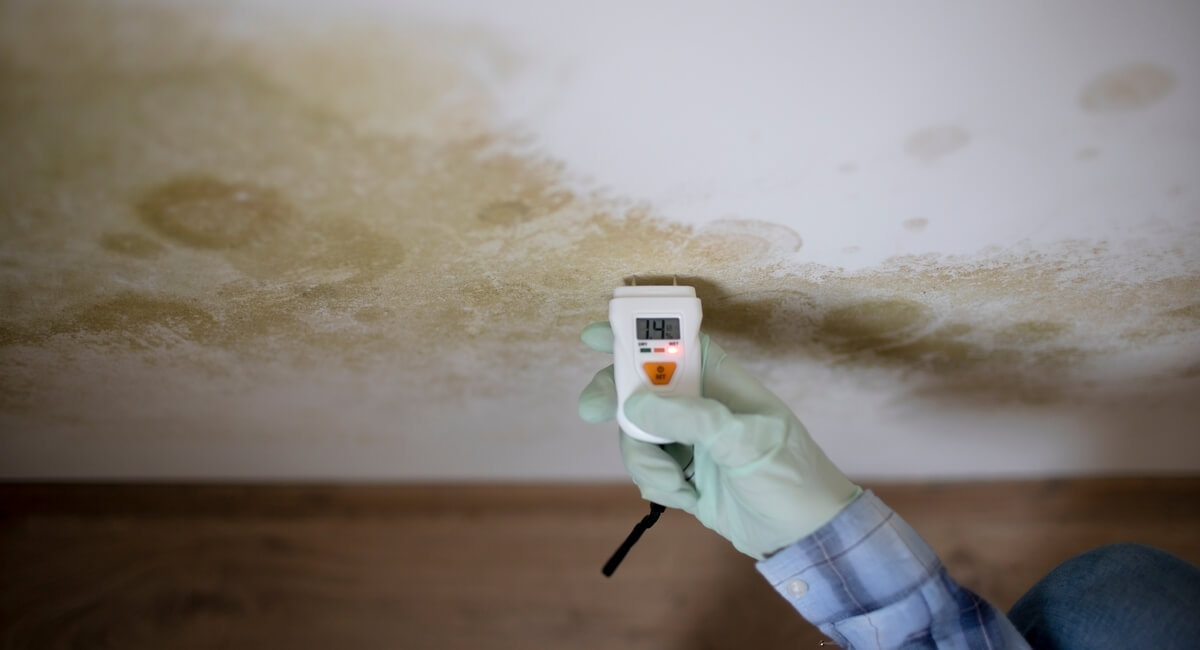
1. Know The Signs of Mold
Recognizing any existing signs of water damage is critical. Mold grows when there’s too much moisture in your home. Sometimes, this occurs as a result of poor ventilation in the bathroom or kitchen. In more severe cases, though, it can be a sign of a water leak or flood. If you see mold in your home, you must identify and remove the cause in addition to cleaning up the mold itself.
Mold is sometimes visible to the eye, but it can also grow inside walls or underneath the carpet. The following are subtle signs of mold growth in your home:
A damp or musty odor
White or black spots on clothing or carpets
Stained walls
Warped walls or bubbling paint
Sneezing, coughing, or congestion with no other cause
Chronic headache or fatigue
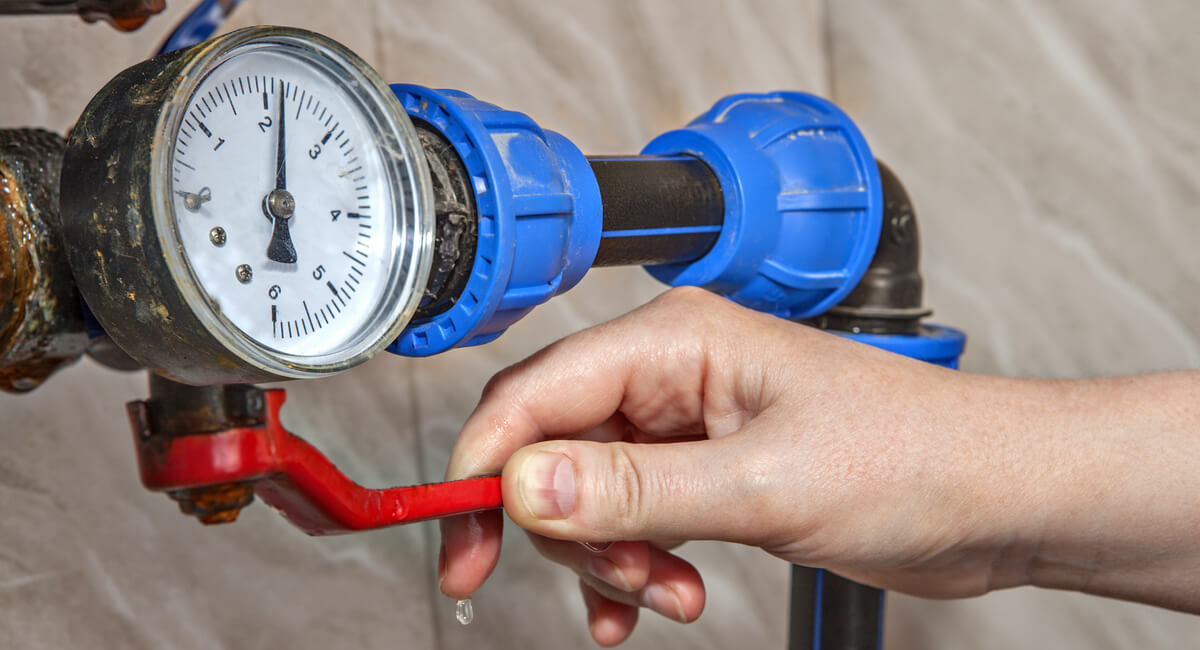
2. Locate The Main Water Shut-off Valve
The main water shut-off valve supplies water to your entire home. Knowing where the valve is located and shutting it off quickly during a plumbing emergency can prevent extreme water damage. If a pipe bursts, water may start flooding into your home immediately. The sooner you can shut off the main water valve, the less damage will occur.
In some homes, the main water shut-off valve is located in the basement. In other homes, it’s inside a closet. The valve is typically somewhere along the perimeter of the home. If your home is connected to municipal water, the valve is probably on the side of the house that faces the street. It may even be located outside of the house. You could check the property inspection report to find the location of the valve if you’re unsure of its location.
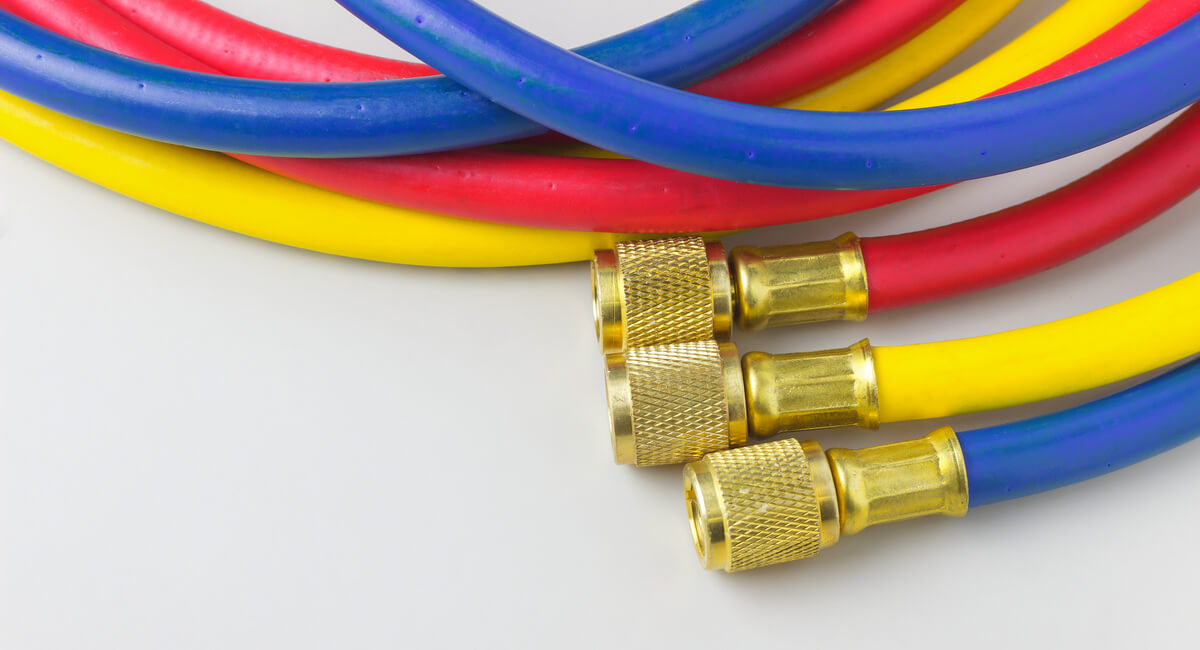
3. Inspect Hoses And Faucets Regularly
Appliances throughout your home will wear down over time, which could cause leaks and water damage. Even a tiny leak could cause damage to the walls or floors if it continues for long enough. At least once per year, you should inspect all the faucets and appliance hoses in the house to make sure they’re still in good working order. This includes the hoses for your refrigerator, dishwasher, and washing machine.

4. Check The Shower
The shower or bathtub is one of the biggest culprits for water damage. While completing your annual inspection of faucets and hoses, you should also check the caulking around the showers or tubs in your home. Water can easily enter cracks in the caulking, causing significant damage to the underlying structure. If the caulking is cracked, peeling, or discolored, it’s probably time to be replaced.
Caulking a bathtub or shower is a fairly easy project. First, use a razor blade to remove the old caulking. Then, use a soft pad or rag to scrub away the remaining residue. To ensure the caulk applies in a straight line, place painter’s tape on either side of the area. Hold the nozzle of the caulk gun at a 45-degree angle, and slowly apply the caulk along the seam. Lastly, use a damp rag to smooth out the caulk. The caulking will take about 24 hours to fully cure.
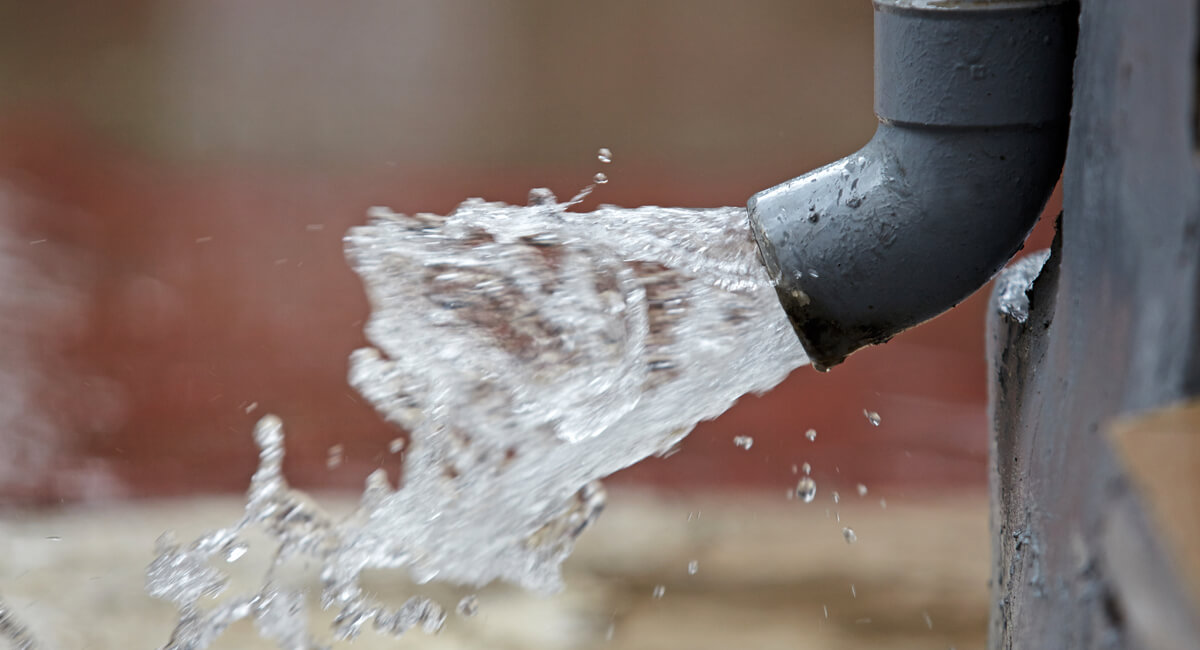
5. Let Water Drain Away From The House
Water draining toward your home puts the property at serious risk for damage. Rain and melting snow in the spring can flood your basement and hurt the foundation of the house. To prevent this, you have to make sure water is draining away from your home. Diverting water away from the house may be as simple as keeping your gutters clean and clear. In other cases, it requires more costly projects, such as sealing the driveway or changing the grading of your yard.
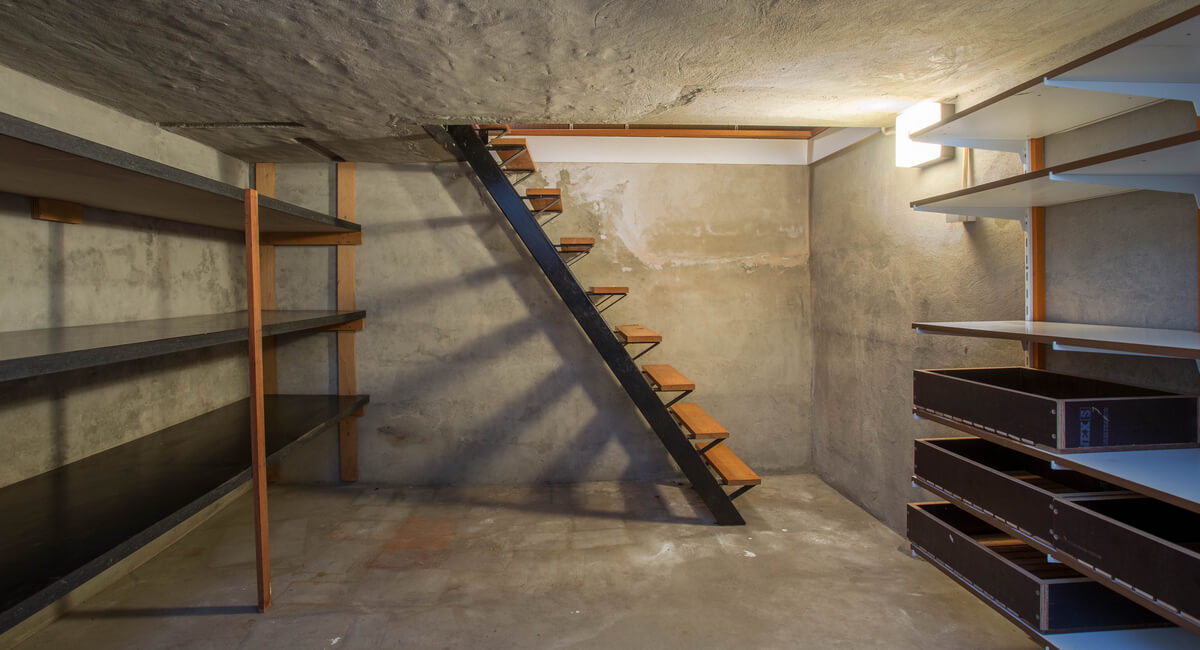
6. Reseal The Basement
If water enters your basement after heavy rain, there may be cracks in the floor or walls. Waterproofing your basement can be a time-consuming project, but it’s worth it to prevent mold or damage to your house. You’ll first have to remove any existing coatings on the walls or floor so that the waterproof coating adheres correctly. You should also wash the walls and floor and allow them to thoroughly dry before you start waterproofing.
If you notice any cracks or holes in the floor, you can fill them with hydraulic cement or a crack-filling solution. Then, you can apply a waterproof coating to the walls and floor. Read all the manufacturer guidelines and follow the instructions carefully while applying the coating. You may need to apply multiple coats to fully waterproof the basement.
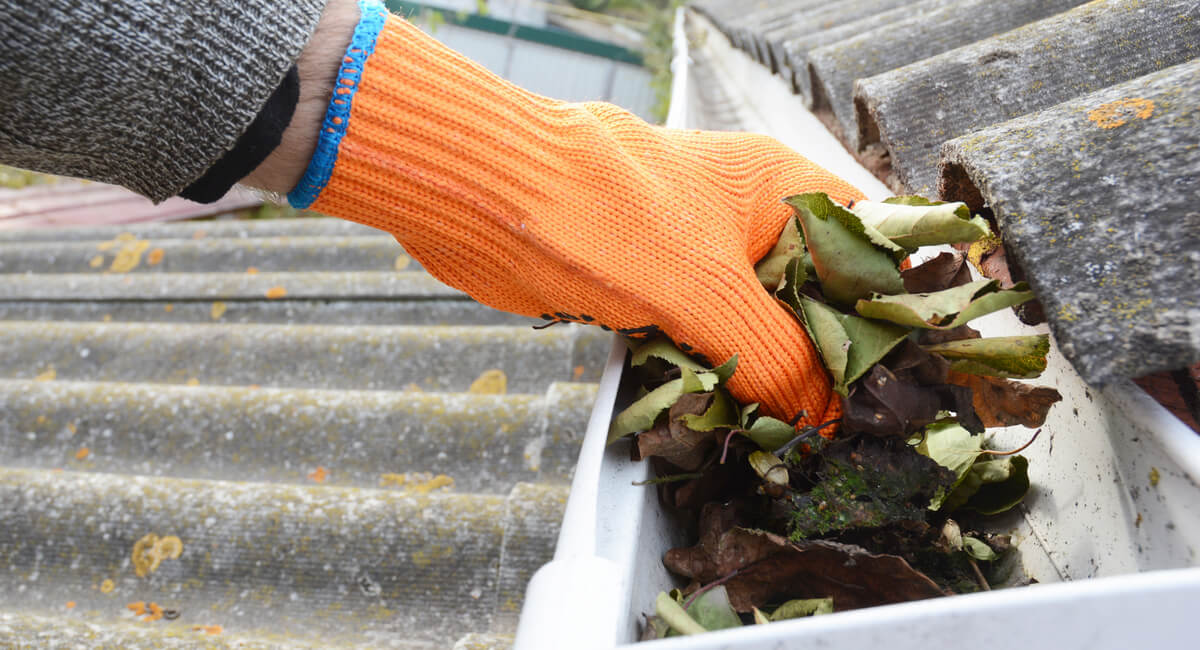
7. Clean The Gutters And Downspouts
Clogged gutters are one of the most common causes of water damage. Leaves, sticks, and other debris can easily build up in the gutters and downspouts and prevent water from properly draining away from your home. You should clean out the gutters at least twice per year.
You can always hire a professional to clean your gutters if you’re concerned about safety. If you’re comfortable cleaning the gutters on your own, all you need is a sturdy ladder, rubber gloves, and a plastic scoop or spatula. Use the scoop to remove dirt and debris from the gutters, and flush the gutters and downspouts with your garden hose. You can also check for leaks while flushing out the gutters.
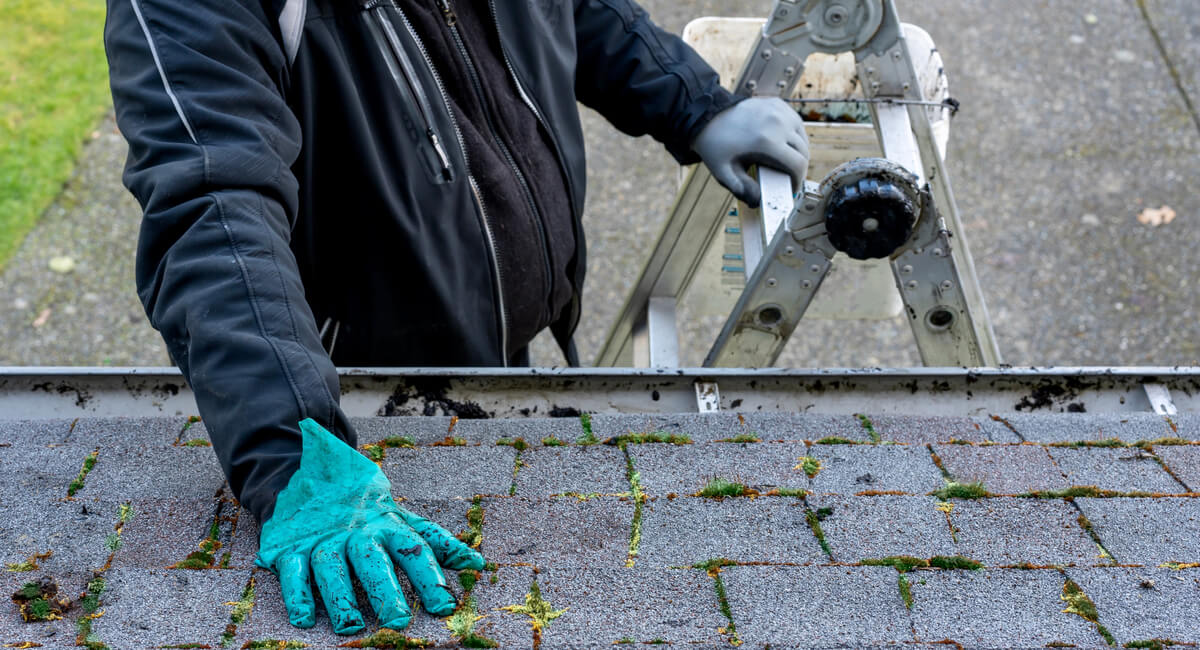
8. Inspect The Roof
The roof is one of the structures most vulnerable to water damage. Repairing water damage can be incredibly costly and time-consuming, so you should always be watchful for the warning signs. The earlier you notice signs of damage, the better.
Inspecting the exterior of your roof can be dangerous, so you should consider calling a professional for an annual inspection. However, you may be able to spot signs of damage such as holes, missing shingles, or gaps around the chimney or vents. It’s usually easier to identify water damage on the interior of your home. Water spots on the ceiling of your attic are the most obvious sign of a roof leak. You can inspect the attic with a flashlight to make sure you don’t overlook any small or faint water spots.
Water damage can be a nightmare for homeowners. This spring, you can prevent leaks or floods by inspecting your home for wear and tear and making repairs as necessary. Recognizing the early signs of damage will allow you to fix the problem before it gets worse. By being proactive with your home maintenance, you can enjoy this spring and summer without worrying about unknown damage.


